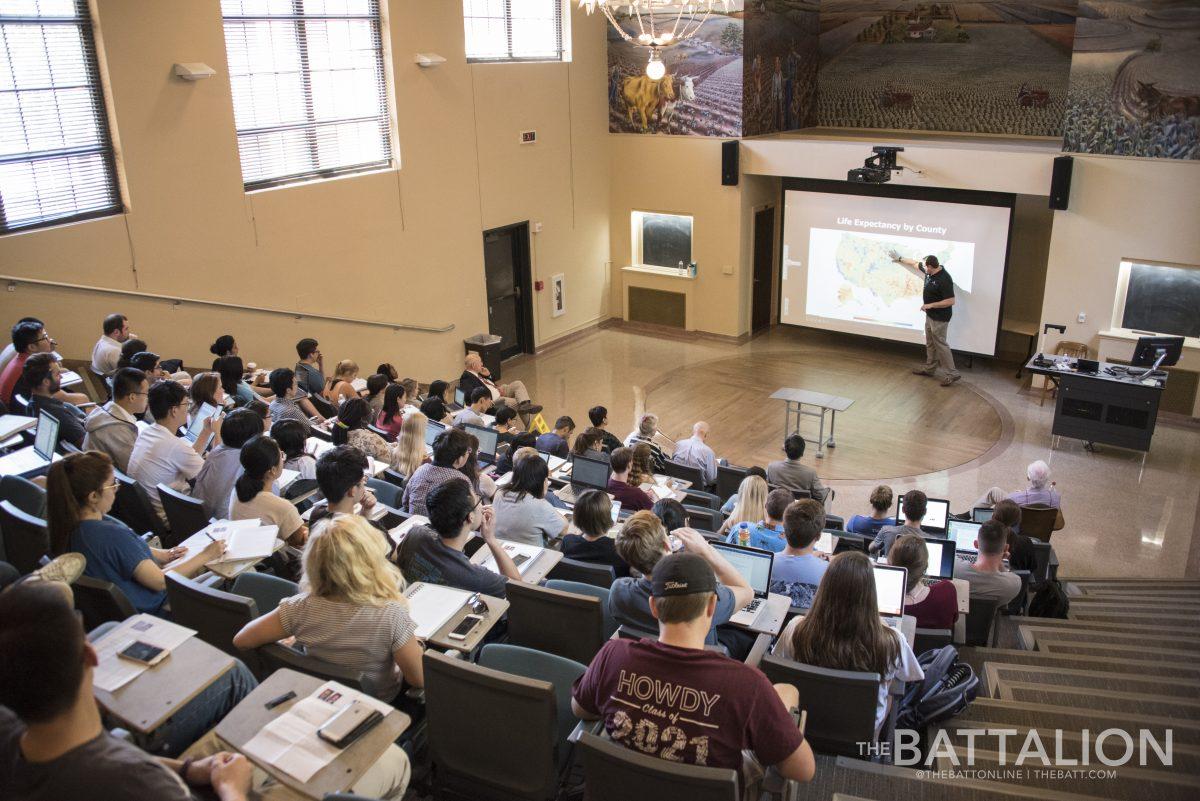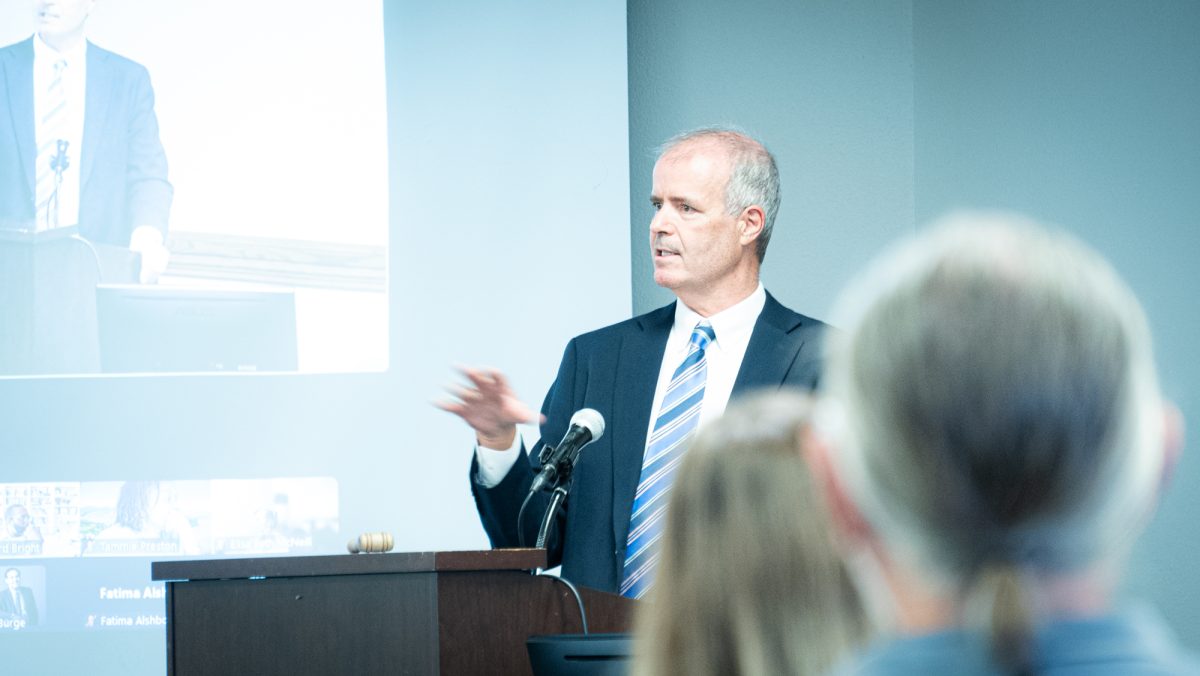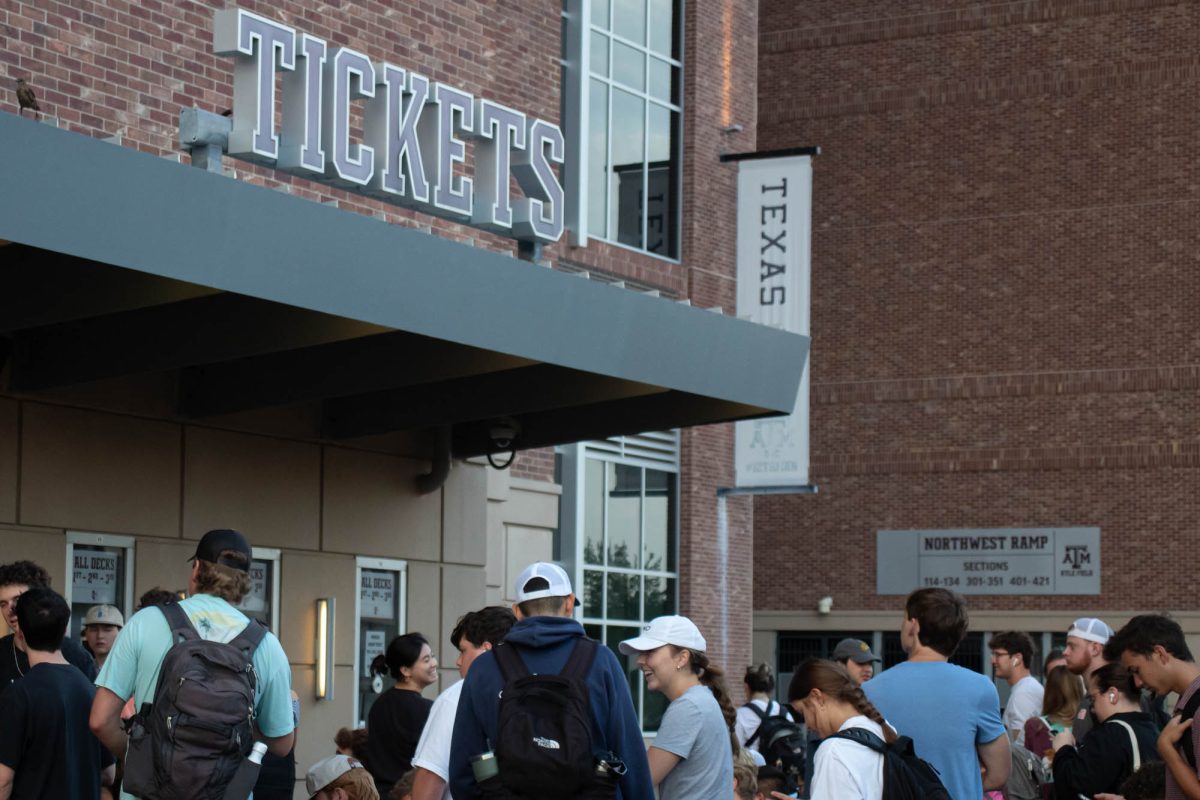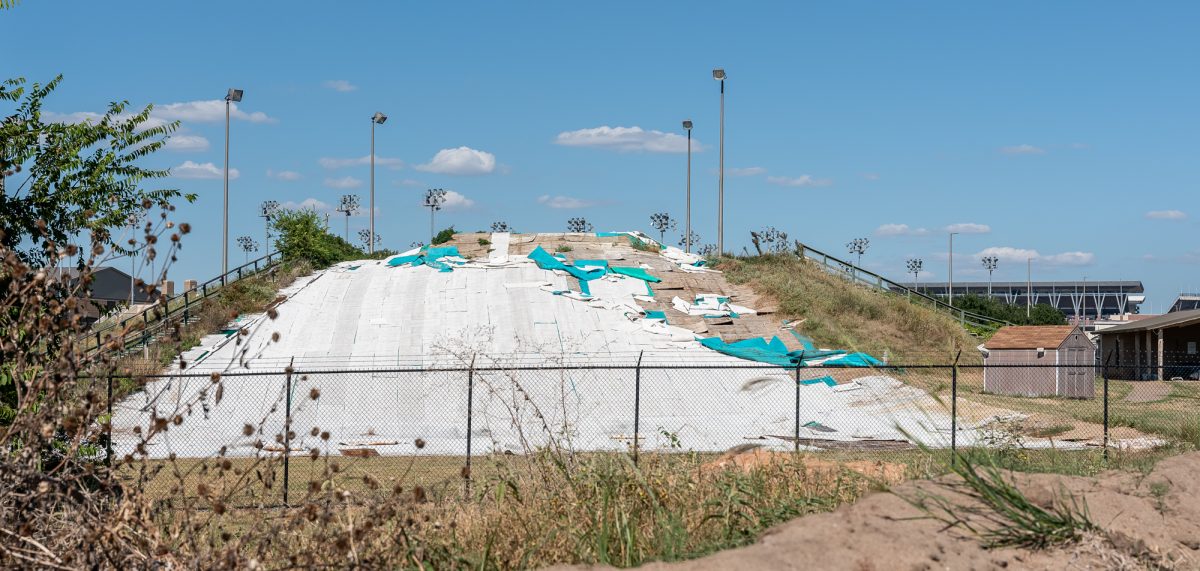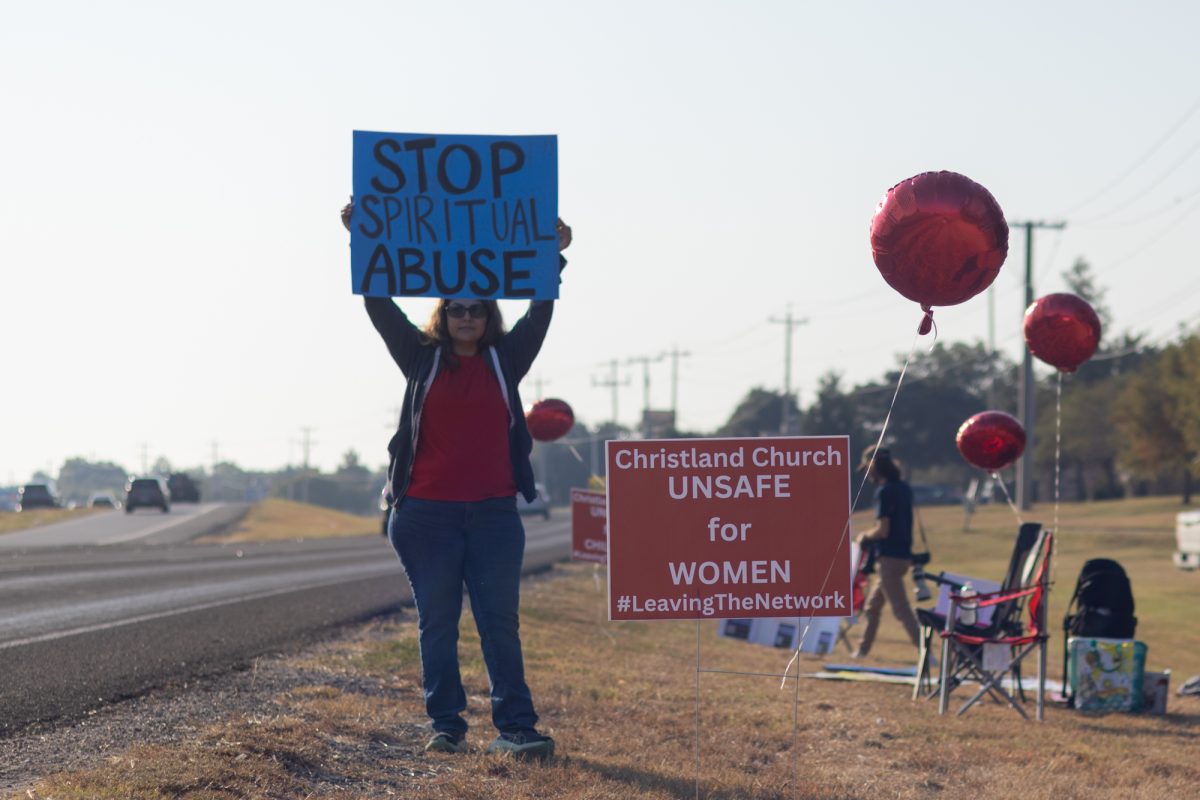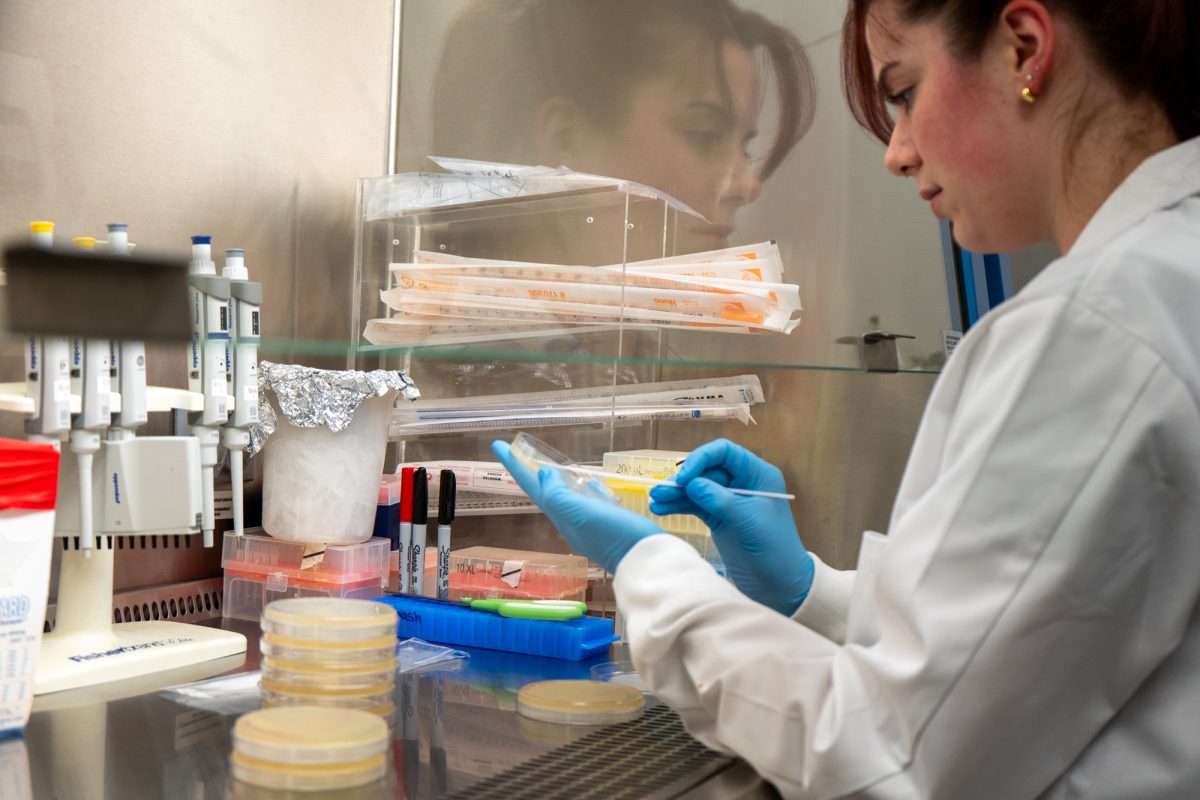The Architecture for Health Lecture Series is an interdisciplinary weekly event held by the College of Architecture and the School of Public Health that aims to explore ways in which the built environment can have positive impacts on public health.
Held on Fridays at KAMU-TV’s on-campus studio, this semester’s series is titled “Health Systems and Networks: The New Clients” and presents case studies by architects and health care administrators. By using case studies rather than information from a textbook, the lessons are more relevant to current issues within the field. The lecture series is sponsored by the Skaggs Sprague Endowed Chair in Health Facilities Design.
On Friday, three speakers from architecture, planning and design firm CallisonRTKL will discuss their relationship with Mainline Health, a health system that serves the suburban Pennsylvania area.
Dana Brandle, associate vice president at CallisonRTKL, will be one of the speakers on Friday alongside vice president and healthcare director Dan Thomas and Don Debord, senior vice president for healthcare practice.
Brandle said their company’s relationship with Mainline Health is unique because they have been working together since 2004.
“It’s been really great, and we’ve done lots of different types of projects with them and developed a lot of really good standards and best practices and lessons learned over the years,” Brandle said.
George Mann, AIA series coordinator and Ronald L. Skaggs FAIA Endowed Professor of Health Facilities Design in the College of Architecture, said the dynamic and changing system of healthcare is one of many topics discussed in the lecture series. Senior architecture lecturer Zhipeng Lu also assisted in developing the program of speakers.
“Systems are another way of delivering health care,” Mann said. “If you take technology and put it into the system, you can do remote diagnosing through telemedicine, you can multiply the effectiveness of health education programs, and in a way I think our program is a health education program.”
The lecture series began about 10 years ago as a short slideshow presentation for students but was soon formalized into a one credit-hour course. Now, the series is themed every semester with speakers who contribute to both education and awareness of what they are doing to build a healthy world.
“We then invite speakers we think can make a contribution to education and make people and the public aware of what they’re doing,” Mann said. “It’s really a lot of work, but it’s worth the satisfaction of knowing that not only is this a class for the students, but this goes out on the PBS app and YouTube, so it broadens the impact of the lecture series and the classroom lecture.”
Bita Kash, professor of health policy and management at the School of Public Health, is a lecture coordinator for the series. The series officially became a cross listed course two years ago, but Kash has been part of the series for over five years.
“I think what’s unique about the lecture series is how it’s integrating design with health and health outcomes,” Kash said. “It’s integrating really several disciplines of architecture and design, public health and medicine.”
Kash said public health is connected to the environment, not just the individual.
“We have learned over time it’s becoming more and more important when we look at health outcomes and how to improve outcomes,” Kash said. “It’s not just that your genetic makeup or the medical care you receive have contributed to the health outcomes, but more and more we see that where you live and your environmental context, your environmental social context, really contributes quite a bit to your health.”
Hao Huang, College of Architecture Ph.D. student and president of the Student Health Environments Association, helps Mann coordinate speakers and presents a gift to speakers at the lecture. Huang said he believes buildings are directly connected to public health.
“I believe the building, architectural design, will impact the health of the people who use the building,” Huang said. “When we design a building, we want to think about how can we design a building to improve the health and develop the health and restore the health of the people.”
Mann said with the growth of healthcare facilities and technology, there is a requirement for a new way of thinking in terms of the systems access, quality and cost of those resources.
“The purpose of this is really to bring state of the art knowledge to the students in a very dynamic and fluid field,” Mann said. “It requires a new way of thinking in terms of systems access, quality and cost.”
For more information on previous and upcoming lectures, visit tx.ag/ArchSeries.
Designing a healthy future
March 20, 2019
0
Donate to The Battalion
Your donation will support the student journalists of Texas A&M University - College Station. Your contribution will allow us to purchase equipment and cover our annual website hosting costs.



